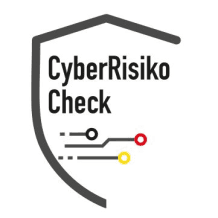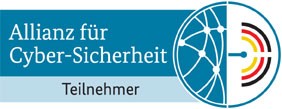What is Shadow IT?
Shadow IT refers to IT systems, software, and applications that are used in a company without the direct visibility and control of the central IT department. This can range from cloud services to mobile applications and hardware devices that employees use in their daily work to enhance their productivity. Although Shadow IT often sounds alarming, it frequently stems from the intention to utilize more efficient work tools when existing technology is perceived as inadequate.
Typical Examples of Shadow IT
Cloud-based File Storage and Sharing: Services like Dropbox or Google Drive are often used to facilitate collaboration without the IT department being aware of how and where data is stored.
Messaging Services: Applications like WhatsApp or Slack can be utilized as quick communication channels, bypassing the organization's standard communication means.
Project Management Tools: Software like Trello or Asana is often used outside established company systems to manage projects more flexibly.
Risks of Shadow IT
❌ Security Breaches: Shadow IT can bypass a company's security policies, potentially leading to data leaks and security breaches. If the IT department has little to no overview of the applications and data flows in use, the attack surface is unnecessarily enlarged.
❌ Non-compliant Application Use: Using software without a license or utilizing non-compliant applications can lead to legal consequences.
❌ Data Loss: Without the necessary backup and recovery procedures from the IT department, there is a risk of catastrophic data loss.
❌ Inefficient IT Costs: The separate procurement and use of software can lead to duplicate spending and resource wastage.
Benefits of Shadow IT
✔ Increased Flexibility: Employees can use technologies that best support their work style, thus enhancing productivity.
✔ Promotion of Innovation: Exploring and using new technologies can foster innovation and provide valuable insights that could be applied to business strategies.
✔ Quick Adaptation: Teams can swiftly respond to new market demands without having to wait for the approval processes of central IT.
Protection Measures and Control of Shadow IT
✔ Raising Awareness: It is important to create awareness within the company about the risks and benefits of Shadow IT. Employee training can help develop a basic understanding of safe IT usage.
✔ Technology Monitoring: Implementing systems to monitor and inventory the utilized technologies and applications.
✔ Flexibility of IT Policies: Adjusting IT policies and integrating user-friendly technologies to promote compliance and reduce Shadow IT.
✔ Implemented Security Measures: Deploying security solutions like Cloud Access Security Broker (CASB) to monitor the use of cloud services.
Conclusion
Shadow IT comes with potential risks and benefits. Companies must undertake a balancing act to ensure that their security is not compromised while also maintaining employee productivity. Through proactive monitoring, education, and adaptation measures, companies can minimize the negative impacts of Shadow IT and promote its positive aspects.
📌 Similar Terms: IT Security, IT Governance, Risk Management
🔍 IT Security Evaluated: Have your IT systems checked for Shadow IT and other security risks.




